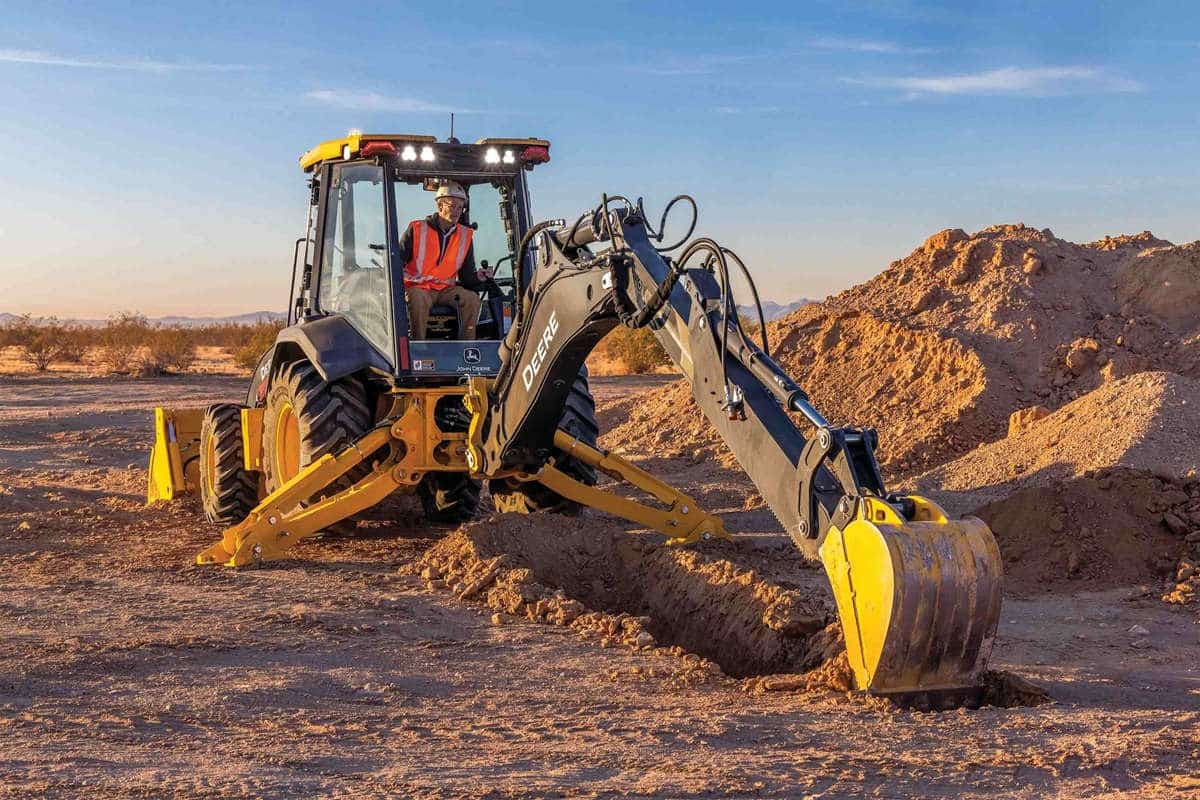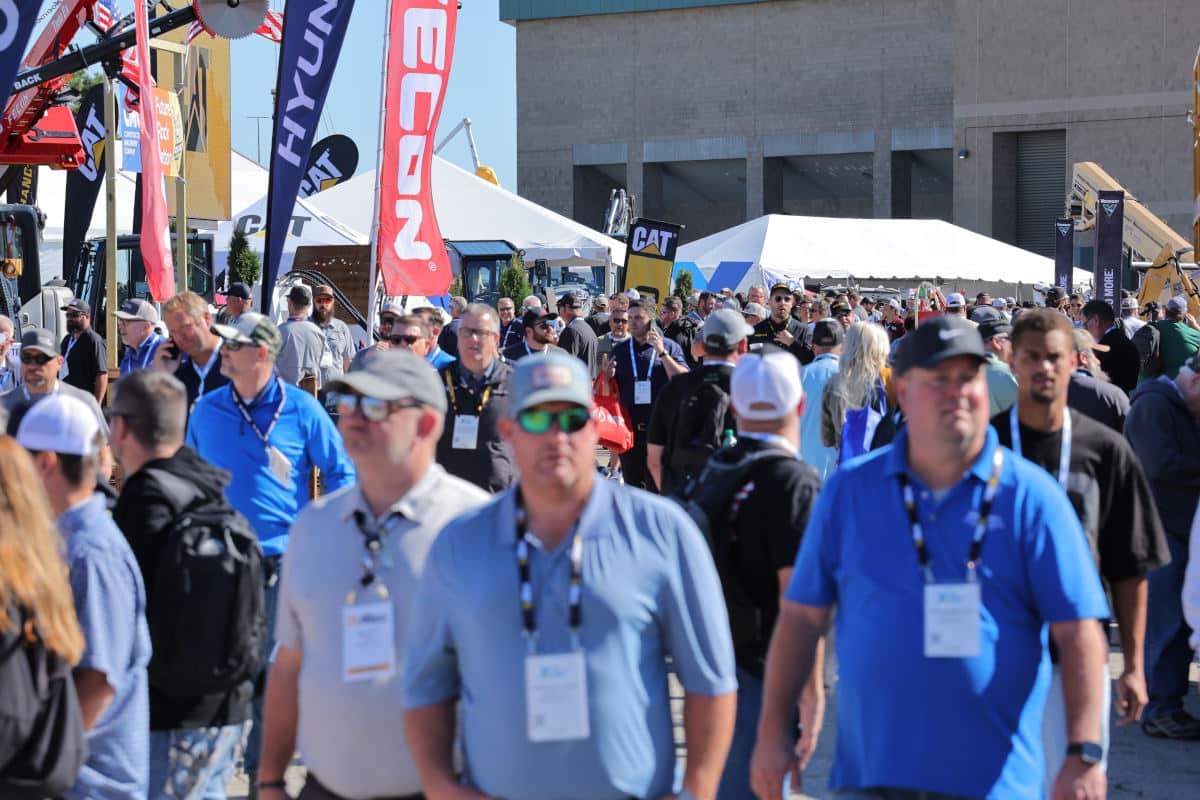Could the Infrastructure Package Lead to a Backlog on Heavy Equipment?
 By Emily Newton
By Emily Newton
The fiscal stimulus is not just helping the nation’s economy recover, but also supporting many businesses impacted by the shutdowns, shortages, and beyond. But while support is widespread, some industries will see changes over the next few years, for better or for worse. Construction and industrial operations are included in those changes, with the utility fleet of tomorrow playing a pivotal role.
How? The American Jobs Plan (AJP) promises to introduce some significant infrastructure changes that may fuel growth in construction, namely when it comes to heavy equipment and machinery. The deal is poised to fuel spending, encouraging many businesses and crews to upgrade their utility fleets and arsenal of equipment. There is some question, and warranted concern, about whether or not this is going to affect the availability of modern equipment, especially since we’re still seeing material shortages, manufacturing delays, and logistics problems manifest, sometimes even daily.
Will the infrastructure package create a backlog of heavy equipment, bogging down manufacturers more than ever?
What’s Happening Now?
According to reports, the construction equipment market is expected to grow by quite a bit, reaching 250.4 billion USD by 2026. That’s a CAGR of 3.8%, compared to the 208.3 billion USD it’s currently worth in 2021. Unsurprisingly, Asia-Pacific is set to be a growth leader in the industry, responsible for many infrastructure and development projects currently, and in the near future.
But while that’s certainly promising, many factors are affecting both the current and future supply of equipment. The largest culprit is the microchip shortage, which also happens to be devastating many industries including automotive, consumer electronics, and beyond. It has resulted in slower manufacturing times, lower inventories for equipment makers, and rising difficulties for everyone else, most of all development teams that need upgrades or new gear. It doesn’t look like it’s ending anytime soon, either.
So, on top of naturally rising demand, we have shortages, manufacturing lulls, and challenges galore. That’s before even taking into account the infrastructure plan that will see many chasing upgrades and new equipment. Not just in the development sector, but also across the board in logistics, utilities, and so on. It may not be law just yet and does suggest a positive outlook overall, but construction crews, utility teams, and others may be pining for new equipment before long, with no supply to be had.
Specialized Equipment in Demand
With shortages and supply concerns across the board, it means manufacturers are focusing a lot of their attention on some of the more prevalent equipment when they have the resources to do so. Examples include trucks and transports, versatile gear, and similar machines that generally see a higher demand across many different markets, not just local. As backlogs grow, this may create constraints on niche or specialized areas within industrial markets. Highly specific utility fleets, for example, may see some major availability problems.
Something else impacting the market is the technological advancements being made, like AI or autonomously controlled fleets. Many of these vehicles are developed using standard methods, parts, and systems, but IoT and connected technologies are also introduced into the mix. Eco-friendly or electric vehicles and equipment are being introduced, as well.
Manufacturers not only have to build these innovative machines, and make them available to industrial operators, but also provide the necessary training to drivers and workers. Collectively, it creates a rather unique conundrum in the field. Supply is low, manufacturing rates are delayed, and the required specifications for the high-demand equipment are changing almost daily.
It’s Not Just Machines and Heavy Equipment
The anticipated demand is expected to grow for many development and equipment categories, not just heavy machinery. Parts, components, and attachments, for example, are in high demand also. From aggregates and concrete equipment to lifting gear and utility machinery, demand is on the rise.
Connected or smart machines have the added complexity of more advanced electronics, but simple machines may be affected by the demand shift, too. Some machines use intricate universal push-pull cables with a throttle spring for acceleration, brake controls, construction tasks, and much more. Manufacturing these types of vehicles and components is just as important as some of the other machines, regardless of who’s using them and where.
Imagine power utility vehicles, first responder vehicles, and other uniquely designed equipment that not only has to meet certain specifications but also comes with proprietary systems and the parts to make it all work. Bucket trucks are necessary to lift power and utility workpieces to the appropriate heights, and they too require the same parts, microchips, and materials that may or may not be seeing shortages in today’s markets.
What Will the Infrastructure Plan Do?
Demand may have peaked in recent months, now at a plateau or steady rate, but that doesn’t matter if the shortages continue. This infrastructure plan will certainly improve and encourage spending, leading to another increase in demand. Even if the boost is minimal it will create some challenges in the market.
State and local infrastructure spending will see a boom thanks to the American Jobs Plan, increasing not just public sector opportunities and demand but also doing likewise in the private sector. It means, going forward, that if the AJP becomes law, the prognosis is positive overall, but equipment spending certainly won’t help solve any of the current issues.
Backlog or No?
There’s no way to say with certainty whether or not the American Jobs Plan will create a backlog of heavy equipment in construction, development, and industrial industries. While the outlook is positive, and it certainly encourages businesses to increase spending, with strong incentives to do so, it’s tough to say whether or not manufacturers will be able to keep up with demand. If they can, then shortages won’t be a problem. If they cannot keep up with demand, we’ll be seeing more of the same, with a depleting supply of equipment.
One thing is certain, however. If you have the opportunity to acquire new gear or equipment, you should seriously consider doing so, especially for niche and specialized work. There’s no telling when shortages may strike again, and there is even more uncertainty to come.
Emily Newton is a construction and industrial journalist. She is also the Editor-in-Chief for Revolutionized Magazine. Keep up with Emily by following her by subscribing to the Revolutionized Newsletter. Tags: Equipment, Infrastructure




